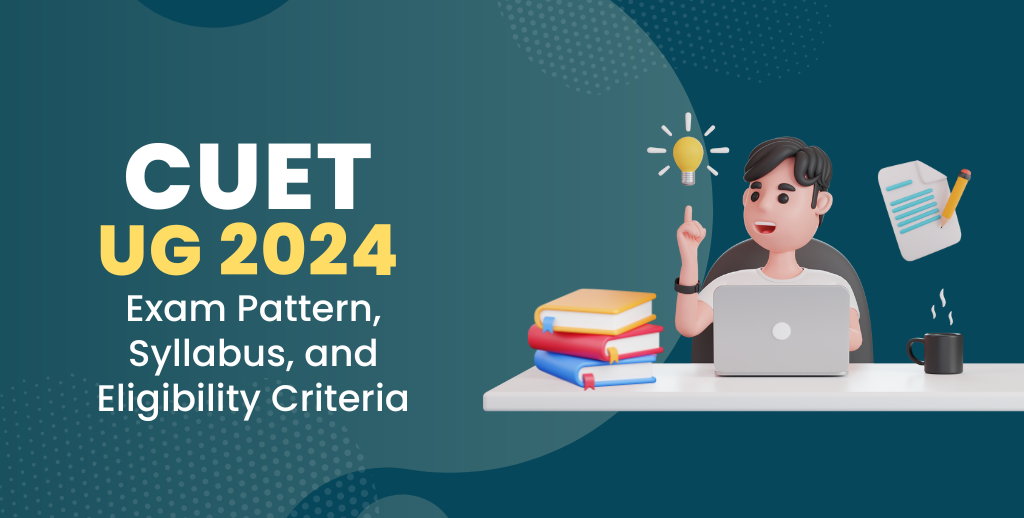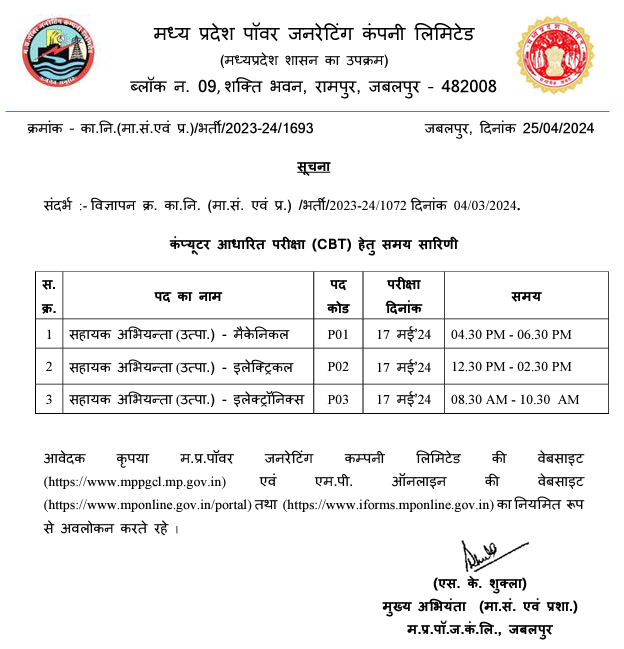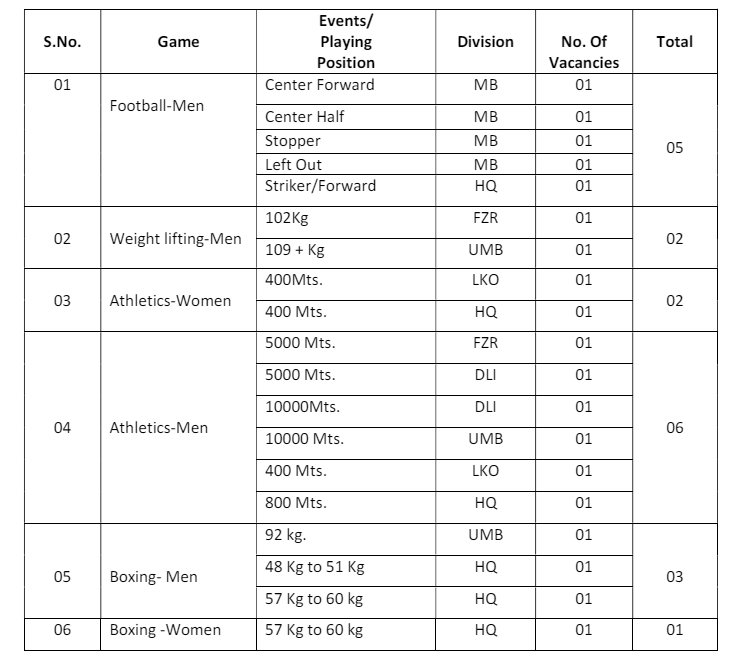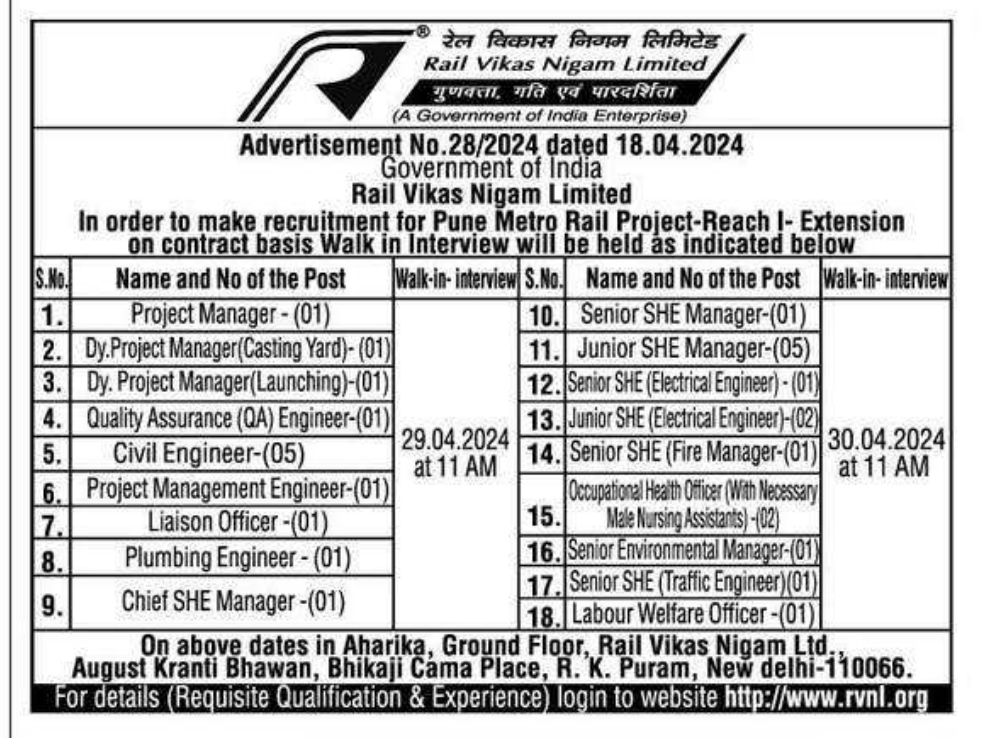RRB JE CBT 2 Detail Syllabus
RRB JE CBT 2 Detail Syllabus, Exam Pattern & Selection Process
Important Dates- As per RRB Ajmer News
CBT First Answer Key-Expected End Of June 2019
CBT First Result-Expected In July 2019
Second CBT Exam-September 2019
Second CBT Online Test Series-10th June 2019 to Till Exam Daily Test
Selection Process-Selection will be based on written marks of only stage second (CBT 2)
Second Stage (CBT-2) Exam Pattern-
Total Time-120 Minutes
Total Marks-150 Marks
Total Questions-150
General Awareness-15 Questions-15 Marks
Physics & Chemistry-15 Questions-15 Marks
Basics of Computers and Applications-10 Questions-10 Marks
Basics of Environment and Pollution Control-10 Questions-10 Marks
Technical Abilities-100 Questions-100 Marks
Negative Marking-1/3
RRB JE CBT 2 Detail Syllabus
Non Tech Part Syllabus-Common For All
General Awareness-Knowledge of Current affairs, Indian geography, culture and history of India
including freedom struggle, Indian Polity and constitution, Indian Economy, Environmental issues
concerning India and the World, Sports, General scientific and technological developments etc.
Physics and Chemistry-
A. Physics
Motion-Motion Distance and Displacement, velocity, uniform and nonuniform motion along a straight line acceleration, Distance time and velocity time graphs for uniform motion and uniformly accelerated motion, derivation of equations of motion by graphical method; elementary idea of uniform circular motion.
Force and Newton’s laws – Force and Motion, Newton’s Laws of Motion, Action and Reaction forces, Inertia of a body, Inertia and mass, Momentum, Force and Acceleration. Elementary idea of conservation of Momentum.
Gravitation– Gravitation; Universal Law of Gravitation, Force of Gravitation of the earth (gravity), Acceleration due to Gravity; Mass and Weight; Free fall.
Floatation–Thrust and Pressure. Archimedes’ Principle; Buoyancy; Elementary idea of Relative Density. Work, energy and power–Work done by a Force, Energy, power; Kinetic and Potential energy; Law of conservation of energy.
Sound–Nature of sound and its propagation in various media, speed of sound, range of hearing in humans; ultrasound; reflection of sound; echo and SONAR. Structure of the Human Ear (Auditory aspect only).
Natural Phenomena-Reflection of light by curved surfaces; Images formed by spherical mirrors, centre of curvature, principal axis, principal focus, focal length, mirror formula (Derivation not required), magnification.
Refraction–Laws of refraction, refractive index. Refraction of light by spherical lens; Image formed by spherical lenses; Lens formula (Derivation not required); Magnification. Power of a lens.
Functioning of a lens in human eye–defects of vision and their corrections, applications of spherical mirrors and lenses. Refraction of light through a prism, dispersion of light, scattering of light, applications in daily life.
Effects of Current–Electric current, potential difference and electric current. Ohm’s law; Resistance, Resistivity, Factors on which the resistance of a conductor depends. Series combination of resistors, parallel combination of resistors and its applications in daily life. Heating effect of electric current and its applications in daily life. Electric power, Interrelation between P, V, I and R.
RRB JE CBT 2 Detail Syllabus
Magnetic effects of current–Magnetic field, field lines, field due to a current carrying conductor, field due to current carrying coil or solenoid; Force on current carrying conductor, Fleming’s Left Hand Rule, Electric Motor, Electromagnetic induction. Induced potential difference, Induced current. Fleming’s Right Hand Rule, Electric Generator, Direct current. Alternating current : frequency of AC. Advantage of AC over DC. Domestic electric circuits.
Sources of energy–Different forms of energy, conventional and non-conventional sources of energy: Fossil fuels, solar energy; biogas; wind, water and tidal energy; Nuclear energy. Renewable versus non-renewable sources of Energy.
RRB JE CBT 2 Detail Syllabus
B. Chemistry
Matter-Nature and Behaviour–Definition of matter; solid, liquid and gas; characteristics – shape, volume, density; change of state-melting (absorption of heat), freezing, evaporation (cooling by evaporation), condensation, sublimation.
Nature of matter–Elements, compounds and mixtures. Heterogeneous and homogenous mixtures, colloids and suspensions.
Particle nature, basic units–Atoms and molecules, Law of constant proportions, Atomic and molecular masses. Mole concept: Relationship of mole to mass of the particles and numbers.
Structure of atoms– Electrons, protons and neutrons, valency, chemical formula of common compounds. Isotopes and Isobars.
Chemical Substances – Nature and Behaviour– Chemical reactions: Chemical equation, Balanced chemical equation, implications of a balanced chemical equation, types of chemical reactions: combination, decomposition, displacement, double displacement, precipitation, neutralization, oxidation and reduction.
RRB JE CBT 2 Detail Syllabus
Acids, bases and salts– Their definitions in terms of furnishing of H+ and OH– ions, General properties, examples and uses, concept of pH scale (Definition relating to logarithm not required), importance of pH in everyday life; preparation and uses of Sodium Hydroxide, Bleaching powder, Baking soda, Washing soda and Plaster of Paris.
Metals and nonmetals–Properties of metals and non-metals; Reactivity series; Formation and properties of ionic compounds; Basic metallurgical processes; Corrosion and its prevention.
Carbon compounds–Covalent bonding in carbon compounds. Versatile nature of carbon. Homologous series. Nomenclature of carbon compounds containing functional groups (halogens, alcohol, ketones, aldehydes, alkanes and alkynes), difference between saturated hydrocarbons and unsaturated hydrocarbons. Chemical properties of carbon compounds (combustion, oxidation, addition and substitution reaction). Ethanol and Ethanoic acid (only properties and uses), soaps and detergents.
Periodic classification of elements– Need for classification, Early attempts at classification of elements (Dobereiner’s Triads, Newland’s Law of Octaves, Mendeleev’s Periodic Table), Modern periodic table, gradation in properties, valency, atomic number, metallic and non-metallic properties.
Basics of Computers and Applications-Architecture of Computers; input and Output devices;
Storage devices, Networking, Operating System like Windows, Unix, Linux; MS Office; Various data
representation; Internet and Email; Websites & Web Browsers; Computer Virus.
Basics of Environment and Pollution Control-Basics of Environment; Adverse effect of
environmental pollution and control strategies; Air, water and Noise pollution, their effect and control;
Waste Management, Global warming; Acid rain; Ozone depletion.
RRB JE CBT 2 Detail Syllabus
Technical Abilities Part Syllabus -Different For Each Branch
Aspirants should follow theirs own exam group syllabus
Syllabus For Electrical & Allied Engineering Exam Group Click Here To Download Full Syllabus PDF
Syllabus for Electronics & Allied Engineering Exam Group Click Here To Download Full Syllabus PDF
Syllabus for Mechanical & Allied Engineering Exam Group Click Here To Download Full Syllabus PDF
Syllabus for Civil & Allied Engineering Exam Group Click Here To Download Full Syllabus PDF
Syllabus for Computer Science and Information Technology Exam Group – JE (IT) Click Here To Download Full Syllabus PDF
Syllabus for Printing Technology – JE Exam Group Click Here To Download Full Syllabus PDF
RRB JE CBT 2 Detail Syllabus
Syllabus for CMA Exam Group Click Here To Download Full Syllabus PDF















